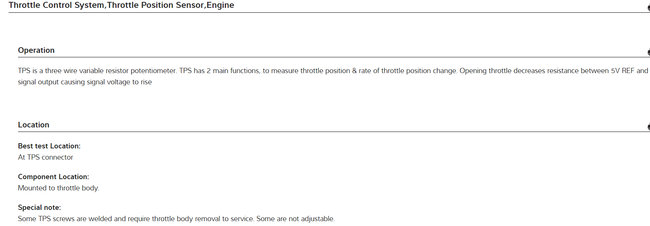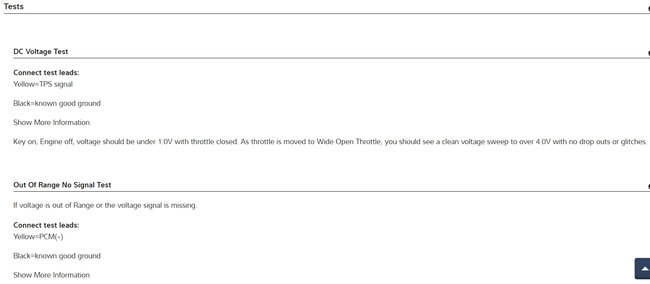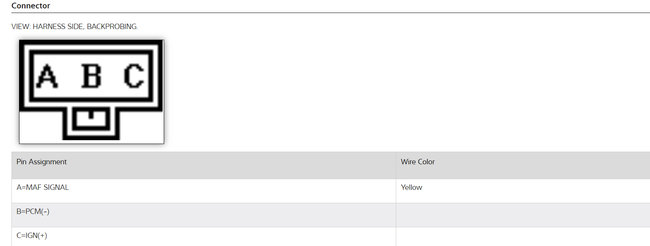1998 Chevy Truck V8 Four Wheel Drive Automatic 56.000 miles
I seem to have a dead spot on my Throttle Position Sensor (TPS). The big V-8 runs rough at the 75% almost full throttle position. If I floor it, the engine goes smooth. Back off to the 75% postion and it's rough. Only happys after the engine is warm. I just cleaned the MAF with CRC MAF Cleaner - the stuttering at 75% throttle is still there unless I pull over - put it in park- turn the vehicle off - re-start. This re-start is sort of a ' re-boot'. Once restarted the struttering goes away but will eventually return. So before I change the MAF - I'm thinking I have a dead spot of the TPS and rather replace a $39 possible issue before I go for a $150 new MAF. The obvious like plugs/wires/dist cap/rotor are new. How do I replace and re-calibrate an new Throttle Position Sensor on this ' 98 Chevy Truck with a 5.7 liter?
If this TPS does not work I will go for a new MAF. I and also wodering if a new MAF needs to be calibrated of is it just a simple replacement with no need of calibration?
So I'm down to 1. How to calibrate a TPS % 2. Does a new MAF need to be calibrated?
thanks
Blair
Thursday, January 17th, 2008 AT 2:59 PM











